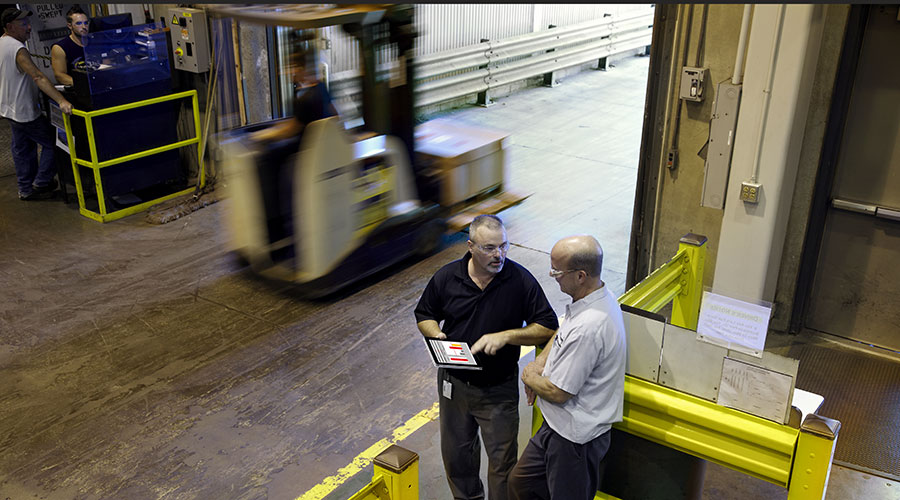Seven Tips for Introducing New Technology Effectively

Implementing new technology is vital for business growth. In fact, it’s an essential part of remaining competitive in today’s fast-paced and ever-changing business climate. With growth, there can often be growing pains, but these can be treated in advance with a bit of planning.
Employees can sometimes resist change and new technology can create confusion, anxiety and uncertainty with new processes, tasks and workflows. But when properly implemented, new technology – such as forklift connectivity or warehouse automation – can yield long-term benefits for the company and its employees that outweigh the challenges of the new responsibilities and procedures that accompany it.
How you approach new technology implementation can significantly alter employee satisfaction, safety and productivity. When anticipated and appropriately managed, employee receptivity can be increased as they gain an understanding of the technology’s value to their work experience and the overall business. Consider these seven tips to help ensure a smooth transition:
1. Don’t Make Technology Decisions in a Vacuum
The equipment and technology workers use can significantly affect workforce performance and job sentiment. Technology decisions shouldn’t be made without consulting those who will interact with it every day. Consider input from employees in a position to understand the role technology may play. Ask questions and encourage feedback, ensuring employees know their insights are appreciated and valued.
2. Communicate Changes Clearly
While the new technology may be beneficial in the long term, it can create uncertainty or even misconceptions about the expectations and added work for those expected to use it. Take time during regular team meetings to answer questions and set clear expectations. Explain the planned implementation and benefits of the technology to help diminish any uncertainty, fear or resistance employees may have.
3. Plan For Potential Hiccups
Identify opportunities to integrate technology in a way that respects current processes, the workers that operate within them, and other stakeholders such as safety, operations, maintenance and human resources. This can help minimize disruptions, avoid frustration and gain buy-in from employees as they navigate the learning curve.
4. Engage Employees in Cross-Functional Training
Consider dividing your teams into functional areas of responsibility to maximize the value and relevance of structured training. Then conduct cross-functional training to help each functional area understand how the technology, and the way that they use it, affects other users. After the technology is deployed, consistently follow up to identify additional learning or training reinforcement opportunities.
5. Facilitate Employee Dialogue
Give workers ample opportunities to ask questions and share experiences during the implementation and thereafter. Then integrate that feedback into conversations with your informal and formal employee leaders. When employees feel like they are being considered and heard, they are more likely to embrace new technology and the change that comes with it.
6. Monitor Progress
Maintaining momentum requires accountability and support, with supervisors consistently responding with actionable steps that help move the process forward. If team members are meeting or exceeding expectations, it is critical to recognize that through positive feedback.
7. Build on Early Successes
Positive change and growth are achieved incrementally. Create a plan to build on early successes to expand the technology or tackle new business objectives. Celebrating quick wins early in the implementation process can increase employee confidence in the technology and build momentum.
Companies that successfully implement technology are often progressive market leaders that invest in and listen to their employees. They understand that employee satisfaction and fulfillment are key to the successful retention and recruitment of top-quality talent. This ability to plan and complete smooth transitions to new technology doesn’t just minimize growing pains. It creates opportunities to build bridges, not barriers, to success. For your business, your employees and your customers, that’s a win-win-win.